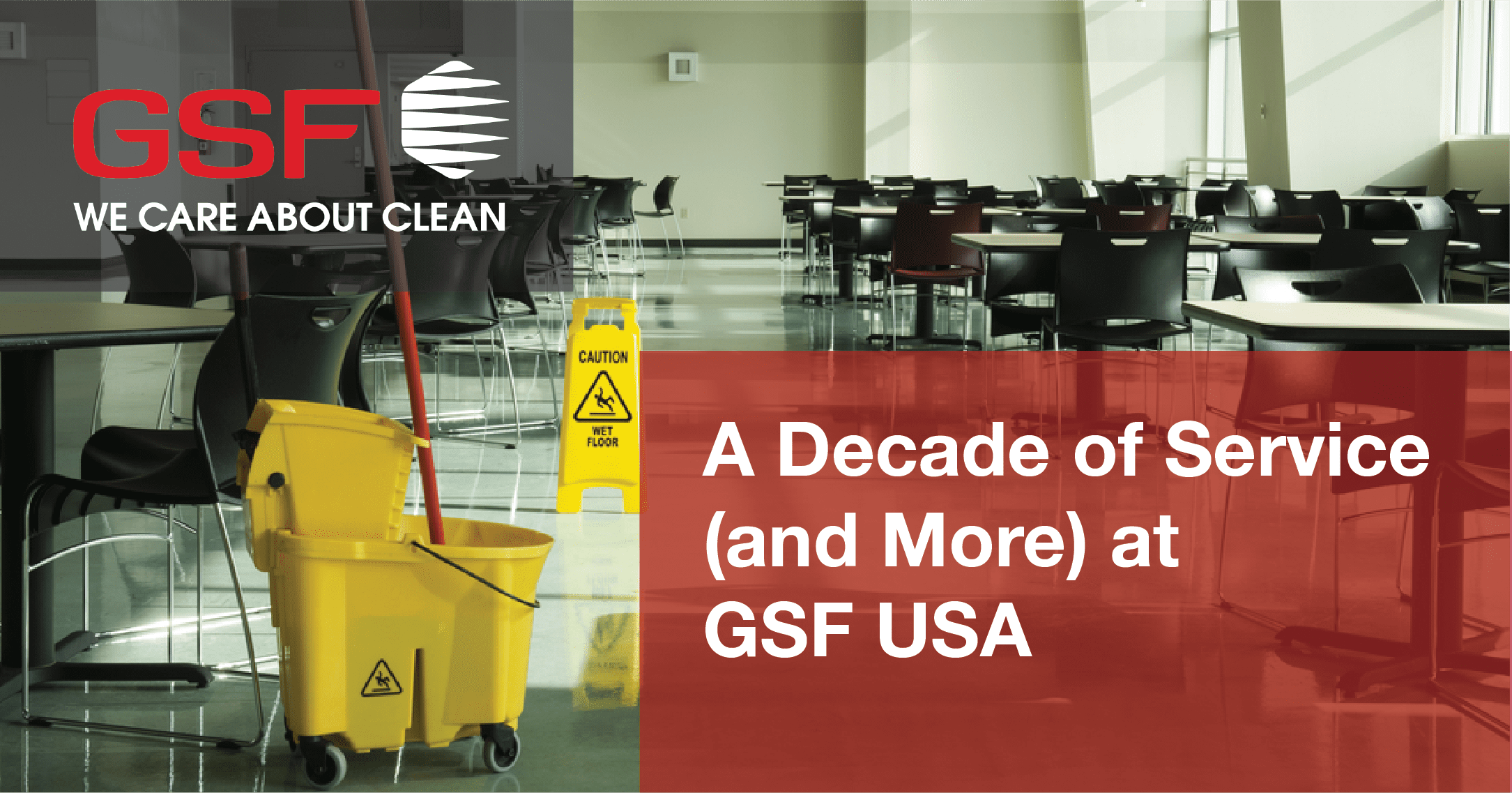When entering a facility, the cleanliness of the floor is often the first thing people notice. While clean floors may not be something you think about all the time, it’s certainly noticeable when they are dirty or wet.
Not only are dirty floors dangerous, they can also give visitors a negative impression of your organization’s commitment to cleanliness. At least 52% of adults claim they would not return to a retailer if they encountered slippery floors or floors covered in dirt or dust. Additionally, the accumulation of dirt and debris on the floor can facilitate an unhealthy environment.
Having a strategic approach to floor care is essential for maintaining cleanliness and safety. Learn how to improve floor care so you can impress everyone entering your facility.
Hard Floor Types and Risks
It’s important to maintain the cleanliness of your facility’s floors because wet conditions can lead to slip-and-fall accidents. Additionally, heavy foot traffic can make floors appear dirty, requiring continuous upkeep. If floor care is not a priority, it can lead to reputational damage as well as costly and disruptive replacement.
There are multiple types of hard flooring, including but not limited to:
Terrazzo
These floors are made with marble and natural stone chips using a concrete binder, which can be high maintenance. Because of their glossy texture, they can become very slippery when wet.
Wood
Wood flooring needs to be sealed to prevent absorption of oil and water. It can be slippery when wet if highly glossed or polished.
Concrete
A concrete floor’s slip resistance depends on finish and wear. In particular, rounded aggregate can be slippery when concrete wears. Interior surfaces are often sealed to prevent dust accumulation and absorption of liquids, but this can increase slipperiness.
Vinyl composition tile (VCT)
VCT is a common type of flooring and is easy to clean yet slippery when wet, particularly if polished. Thicker, softer vinyl is more slip resistant than hard vinyl.
Finding the Right Floor Care Balance
Wear and tear of floors is more common when they are not cleaned on a regular basis. Consistent floor care can save your facility money by extending the lifespan of the flooring and upholding brand reputation.
Consider the following floor care strategies to keep these surfaces looking their best:
Vacuum regularly
Vacuuming is essential for removing dirt and dust from floors, especially before applying cleaning chemicals. Cobotic, or collaborative robotic vacuums are an asset to your floor care program. They navigate through mapped cleaning routes and safely avoid obstacles while picking up soils. Best of all, you can monitor these automated machines remotely.
Automate the labor-intensive parts of floor care
One of the main challenges is the lack of visibility into cleaning status and performance. Supplementing manual labor with cobots enables cleaning teams to be more productive and gives you a clear view of the floor care process, because you can access operational data like machine run-time and routes completed. In addition to automated vacuums, you can use cobotic floor scrubbers that apply cleaning solutions to hard surfaces.
Avoid cross-contamination
It’s important to not contaminate clean floors with dirty water. Ensure cleaning professionals are utilizing a dual-cavity mop bucket when possible, which separates clean water from dirty water, thereby reducing soil deposits back onto freshly cleaned floor surfaces.
Provide formal training
Occasionally, certain areas are going to need to be cleaned a second time, which could be a sign your team needs additional training. Conducting formal training enables you to highlight proper floor care methods and potential safety risks to enable your team to be more efficient without sacrificing performance.
Standardize cleaning protocols with SOPs
Establish standard operating procedures (SOPs), or written standards that inform your staff of all the necessary tools, supplies and protocols for floor care. SOPs are beneficial because they ensure consistency and reduce the need to reclean due to mistakes. They also increase confidence, as staff will know exactly what is expected of them.
Getting First Impressions Right
In order to give your facility the best first impression, having clean, safe flooring is important. Clean with the appropriate chemicals where needed and address floors regularly to avoid accumulation of soils and moisture. With a dedicated cleaning team and the right equipment in place, your floors will always impress building visitors and occupants.
Our experts care about clean and have a pulse on how to make cleaning effective, cost-efficient and safe. Contact GSF USA here and follow us on LinkedIn and Facebook for the latest updates.

